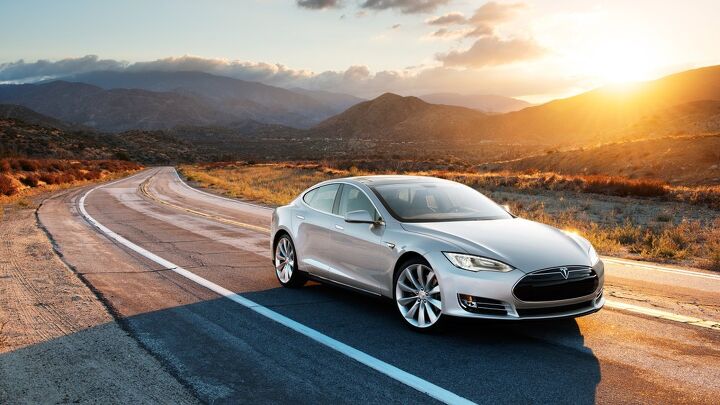
One of the prevalent myths surrounding electric vehicles (EVs) is that they lack the necessary range to meet daily travel needs. However, evidence suggests that the range of electric vehicles aligns well with the daily mileage requirements of most U.S. households. On average, a household in the United States travels approximately 50 miles per day. Interestingly, about 85 percent of households travel less than 100 miles on a typical day, a distance well within the capabilities of current EV models. The majority of these vehicles can travel over 200 miles on a fully charged battery, ensuring that nearly all new models can cover more than 100 miles without needing a recharge. Additionally, automakers are continually working to introduce new models with even longer ranges, promising further improvements to meet consumer needs.
Tools for Range Estimation
For those considering an electric vehicle, the “Find A Car” feature on the website www.fueleconomy.gov provides valuable insights. By selecting a vehicle of interest, users can view the “EPA Fuel Economy” information, which includes range estimates specific to each EV model. This tool can be particularly useful for individuals looking to understand the performance of various EVs in terms of distance coverage.
Impact of Driving Conditions on Range
It’s important to note that an electric vehicle’s range can be influenced by how it is driven and the conditions under which it operates. Factors such as weather conditions, including both hot and cold temperatures, can affect the vehicle’s efficiency. Research indicates that in cold temperatures, particularly when heating is used, an EV’s range could decrease by an average of 40 percent. This underscores the importance of considering environmental factors and driving habits when evaluating an EV’s range capabilities.
This article was co-written using AI and was then heavily edited and optimized by our editorial team.

